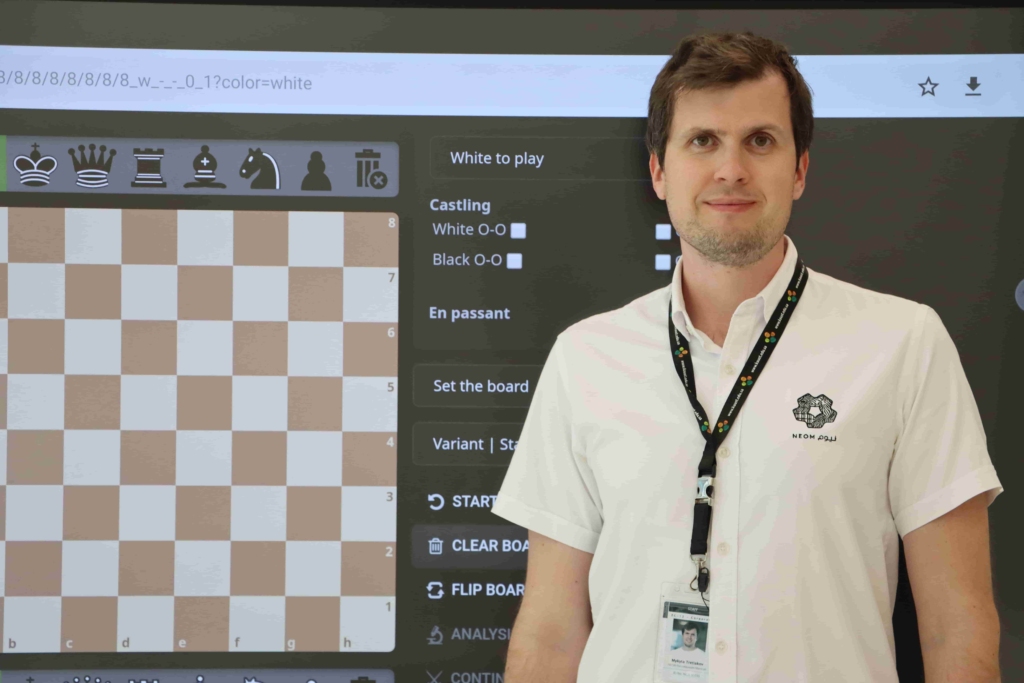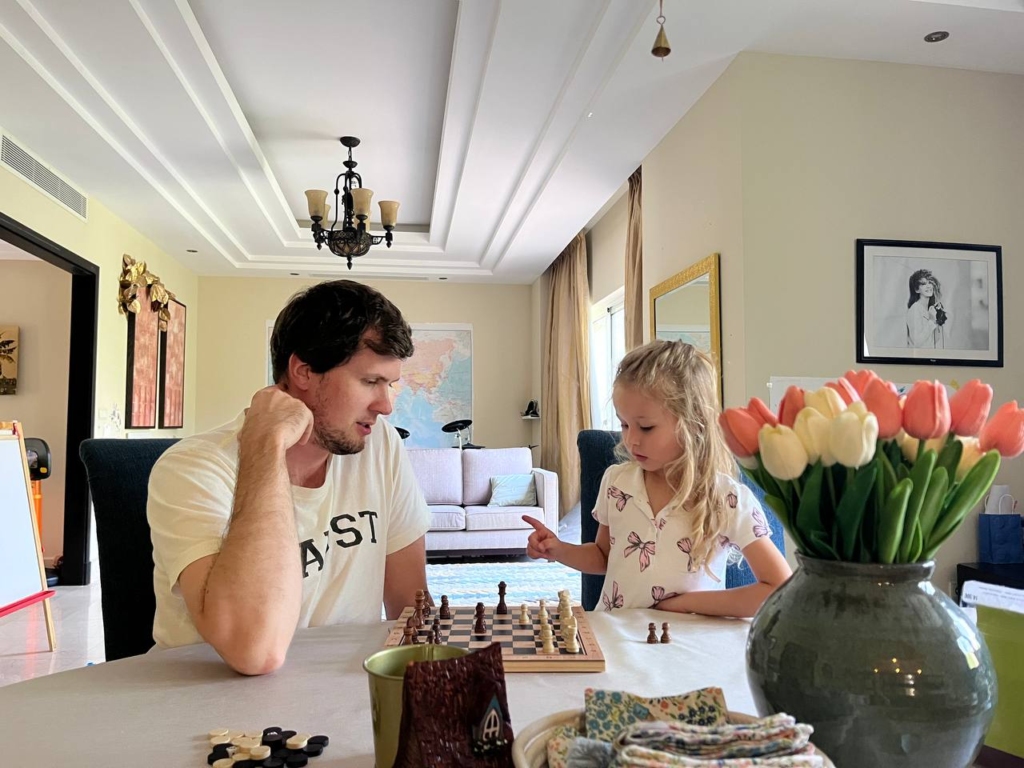Chess Catalyst Method
Developed by Dr. Mykyta TretiakovThe "Chess Catalyst" method developed by Dr. Mykyta Tretiakov revolutionizes the engagement in Chess for children, transforming it into a tool that shapes young minds for the challenges of the future. By merging the precision of science with the strategic vision from the business world, students are not just getting engaged and mastering the game, but mastering life. This groundbreaking teaching method of engagement combines the scientific approach used by scientists in real laboratories with CEO-like strategic thinking from the corporate world, transforming Chess into a multifaceted tool that extends far beyond the board. The method is highly customized for each specific age group. By leveraging principles from science and business, this approach cultivates creativity, empowering students to spark natural curiosity and, as a result, excel academically, grow personally, and strive to solve real-world problems regardless of their age and starting point.
For the first time, Chess, with all its known and explored benefits and opportunities, is becoming a novel tool for growing future scientists and CEOs. The examples below illustrate how the Chess Catalysis method is reflected in students.


4-8 Years Old
Children interact with physical chess pieces like with "ingredients" to understand the board layout and piece movement through tactile and visionary engagement. By playing and going through the game, learners mimic scientists who learn about the physical properties of different materials in the same way. We use different tools to connect Chess with natural sciences that shape children's curiosity and excitement. We create narratives about the pieces to build emotional connections to the game and the world around us. We break Chess into smaller challenges to teach basic mechanics while keeping it fun and engaging. Slowly, while learners grow and build chess understanding, they are introduced to game analysis - tools and notation to analyze games, highlighting mistakes and opportunities - all like in real life. Last but not least, we put a special emphasis on building a champion's mindset - the foundation for future success in life.
9-13 Years Old
The approach focuses on building strong analytical skills and problem-solving abilities. The method blends science-based principles such as experimentation, observation, and hypothesis testing with chess strategies. It's common for people to see the best move when other players are playing but miss the best move during their own games. There is a science behind it, and we make it work for us - this has never been done in chess teaching before. Students will test different strategies, play out various scenarios to understand the consequences of their decisions, and frame chess problems like scientific experiments, where they develop hypotheses and test them in games. Students also learn about prioritization (e.g., material vs. position), mirroring CEO decision-making in real-life scenarios, and understanding how CEOs think and act under pressure.


14-18 Years Old
At this age, students are introduced to various tools from the real world to advance Chess - KPIs, Risk Management, SWOT analysis, Competitive Analysis, Advanced Planning, A/B Testing, and many others. They use investment concepts in games - the more accurately they assess when to "invest" in material or positional advantages, the better their return on the game's outcome. They also develop a deep understanding of controlled experiments and build confidence through heavy involvement in team collaboration. In multiple tournaments, including team chess tournaments, students learn how to collaborate with peers, sharing insights and strategies before a match, much like corporate teams collaborate to execute business strategies. Students master the game professionally but at the same time, leave the classes with a strong understanding of how chess concepts learned today can be used in their studies and lives tomorrow.
